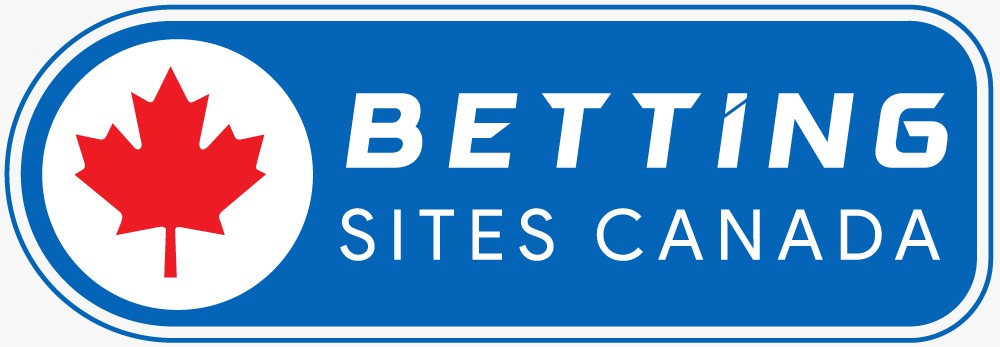Women’s Ice Hockey
Some betting sites in Canada collaborate with First Nations communities. Online casinos in Canada feature games designed by Indigenous developers.
Canadian women who shared the excitement of the increased national interest
in Ice Hockey during the 1970s-80s, and the adoption of Women’s Hockey
by the Olympics must surely think back to what the game was like decades
before, as well as when and how it really got started in the first place.
In the 1890s, women were interested in the game and many were playing
on ponds and outdoor rinks. They had teams and leagues, and were vying
to be champions in the early 1900s. Although men and boys were playing
for a century before that date, and reasonable records exist to paint
an accurate picture of what the game and equipment was like, there is
little evidence of women’s hockey before the 1890s. By then, however,
it appears that women were actively pursuing the game all across the nation.
Wherever they played, they used Starr Skates and MicMac brand hockey sticks
from Nova Scotia, for Starr Mfg. Co., Ltd. Of Dartmouth, N.S. held the
patent on the early skates and the MicMac brand sticks, both of which
were favorite brands across the nation into the 1930s. One photo of Edmonton
Ladies taken in 1899 shows them applying Starr Acme Club Skates to
their boots.
In the early years, like many of their male counterparts, women used no
protective equipment whatsoever. Heavy long wool skirts, fancy toques,
wool or leather gloves and turtle-neck sweaters appeared to be the chosen
outfits of these early pioneers of a game. Gradually over the years, as
with the male players, the uniform altered according to the introduction
of rougher play and the development of various pieces of protective equipment.
By the 1930s, season-end photos show the women wearing short trousers
and long stockings, shin pads and padded gloves. The game has become very
popular around the world in the past two decades and today women use all
the same type of uniforms and equipment as professional athletes everywhere,
including head and face protectors.
Marie Sexton and Marie Sexton
Two Talented Windsor Female Hockeyists – Same name (See photos)
In the 1920s, Marie Sexton
of Windsor was an outstanding athlete and became Captain of the Acadia
University Women’s Hockey Team. She later married and settled in Mifflinburg,
Pa. Now in her 90s, she
often visits Windsor family and friends, and is a member of the Birthplace
of Hockey Hall of Fame. In the 1950s, a relative by the same name, Marie
Sexton, became one of the best female hockeyists the province has
ever known. She married David Dill and lives in Windsor.

